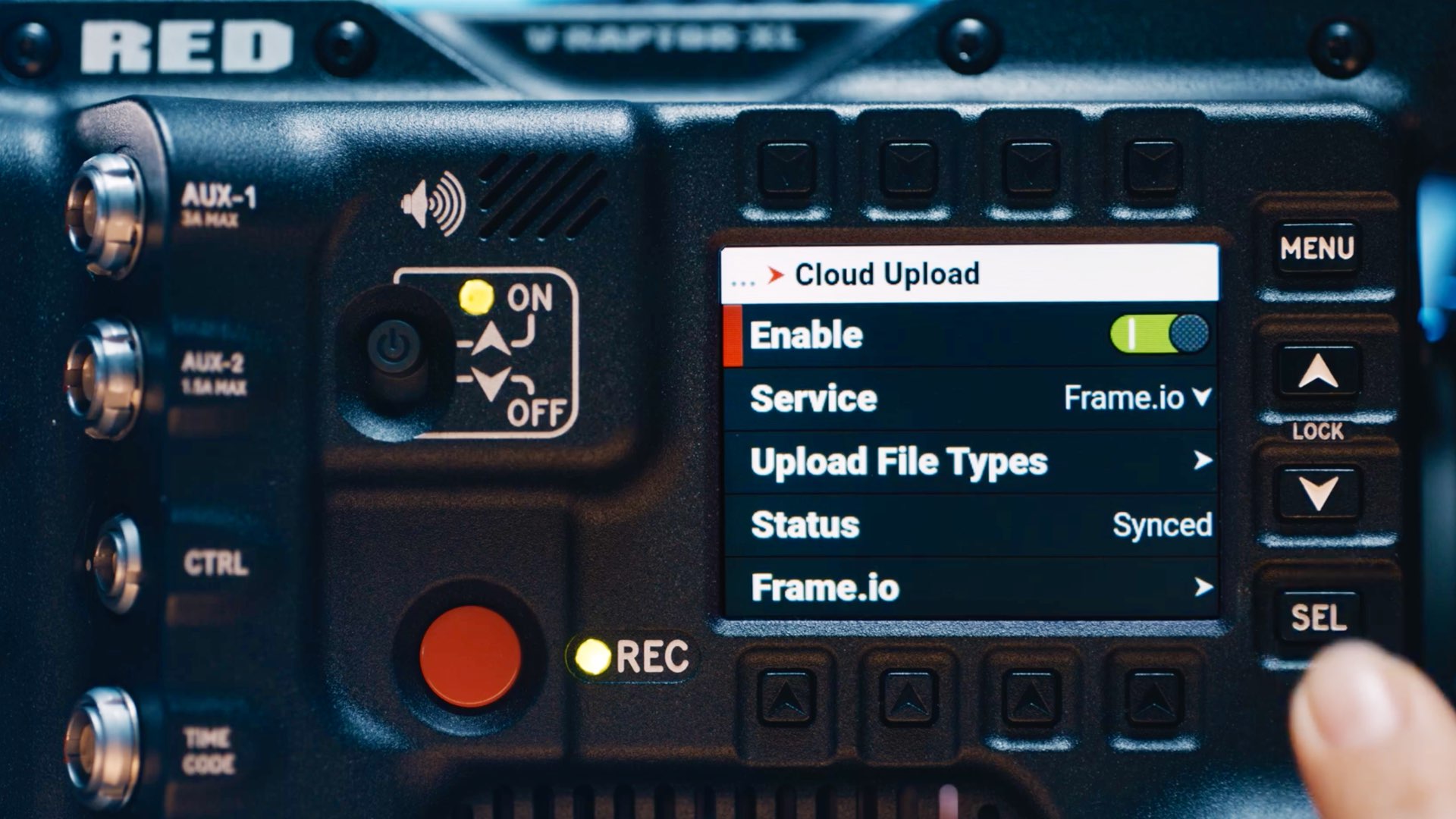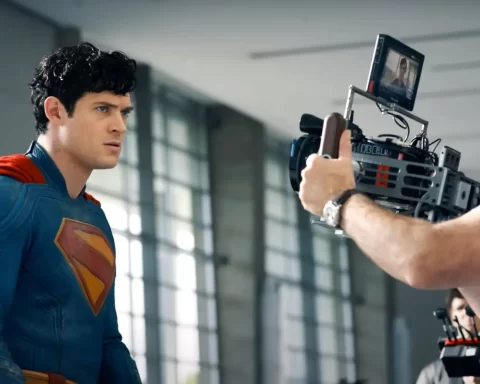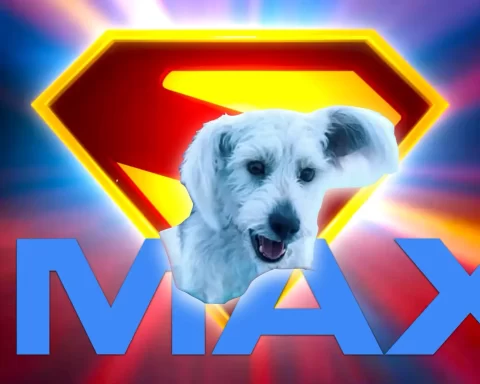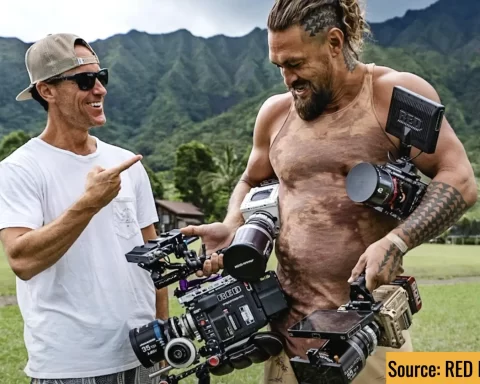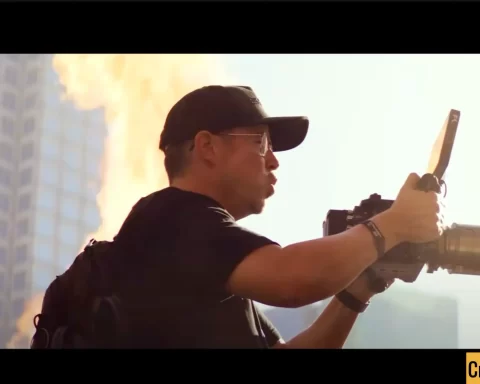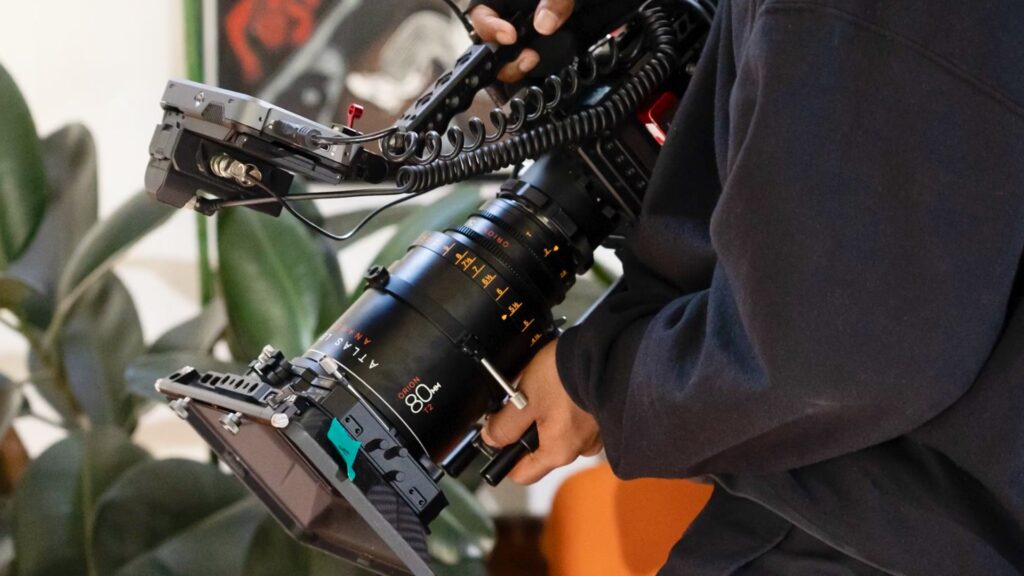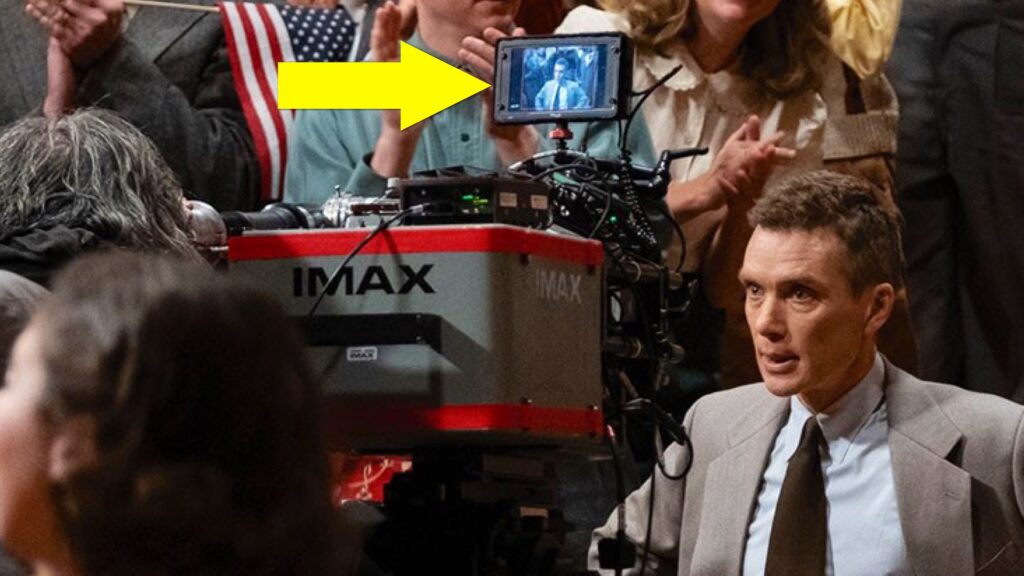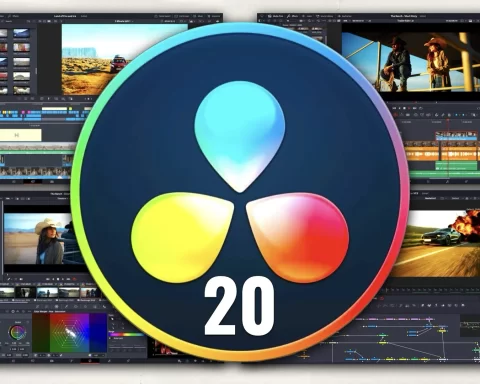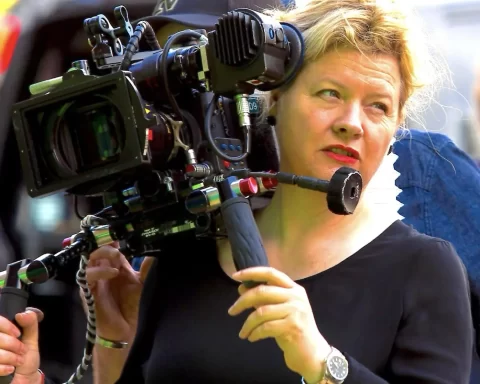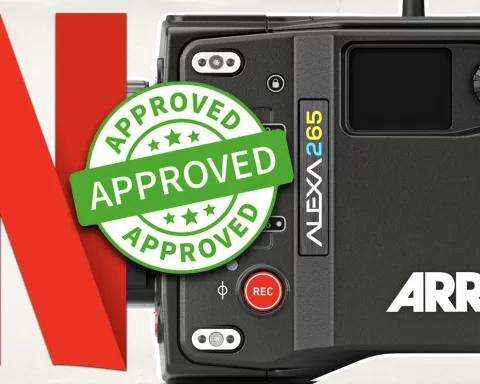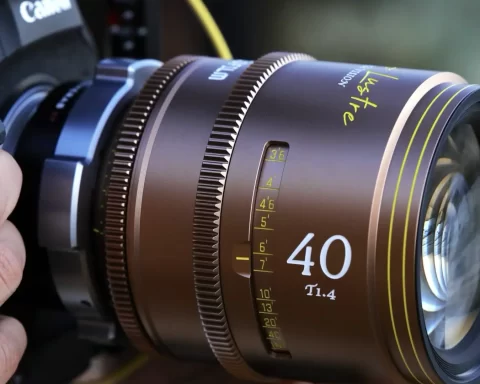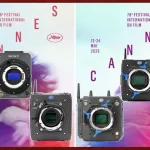Adobe has launched ‘Camera to Cloud’ (Beta) for RED V-Raptor cameras, which means you can shoot 8K RAW straight to the cloud with no additional hardware. The only limitation is that a high-bandwidth internet connection is required. Adobe defines it as the “Future of filmmaking”. Read below how it’s done.
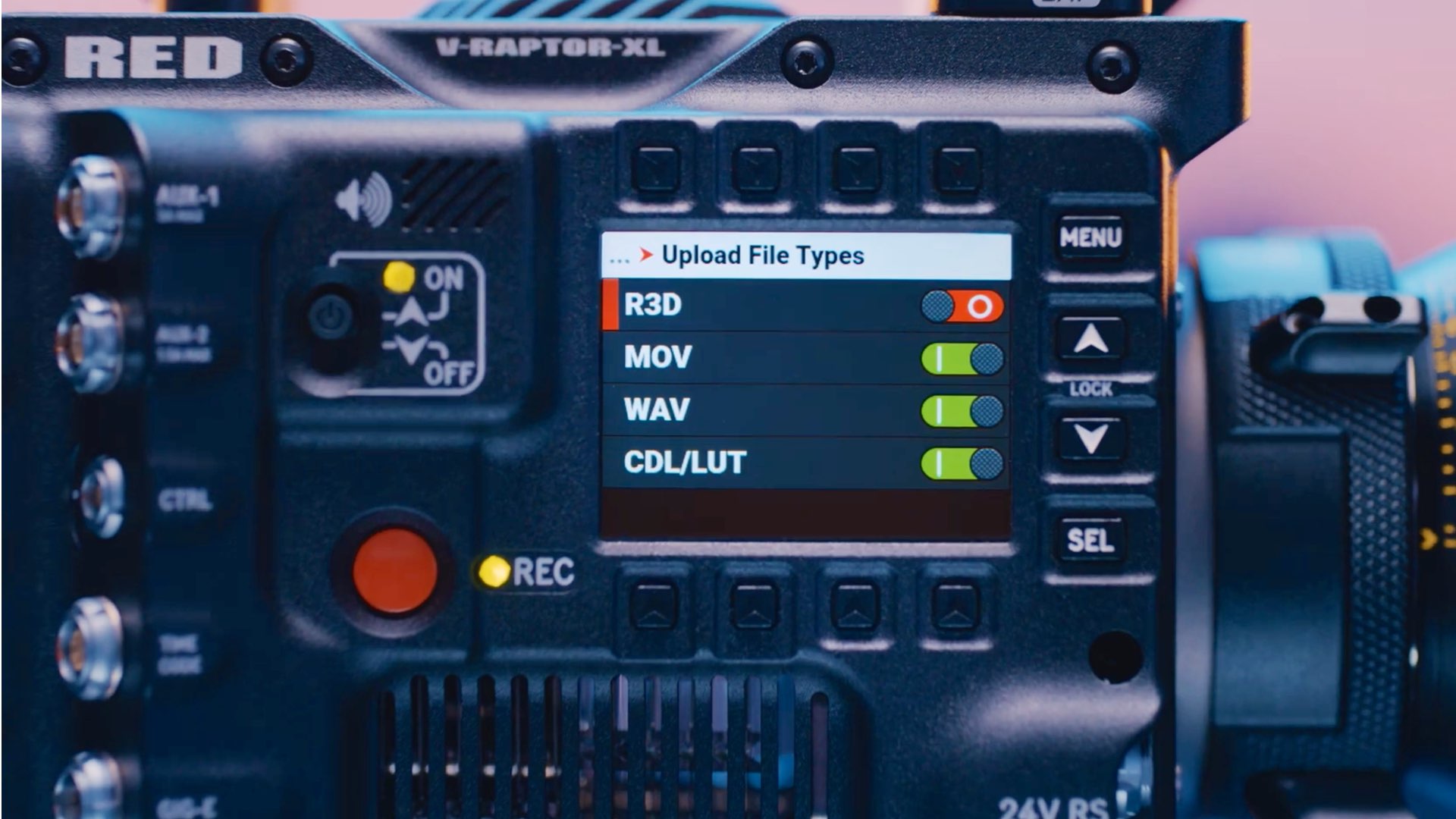
Shooting to the cloud
Shooting to the cloud is not new. For instance, a lot of smartphone owners take a picture or a video that is uploaded straight to the cloud. However, this process is a bit more complex when it comes to professional filmmaking since every second counts, and every frame has its price and importance. Moreover, a solid infrastructure, product, and interface must be established when uploading precious media out of a cinema camera, with a bitrate of hundreds of megabytes per second. And for that reason, Adobe’s ‘Camera to Cloud’ product was created.
Camera to Cloud: On RED V-Raptor (for now)
Adobe has announced that the public beta of the industry-first Camera to Cloud integration with RED V-Raptor and V-Raptor XL cameras is now live and available. Announced at this year’s Adobe MAX, users can now unlock the ability to get 8K REDCODE RAW files directly from the camera to the cloud, “Marking a key milestone towards making hard drive-based workflows obsolete” as Adobe stated. For now, Camera to Cloud is available on RED V-Raptor digital cinema cameras, meaning automatic uploads with no additional hardware. All you need is the camera, a paid Frame.io or Adobe Creative Cloud subscription, and a high-bandwidth internet connection. Beyond that there’s no additional hardware—or hard drives—required.
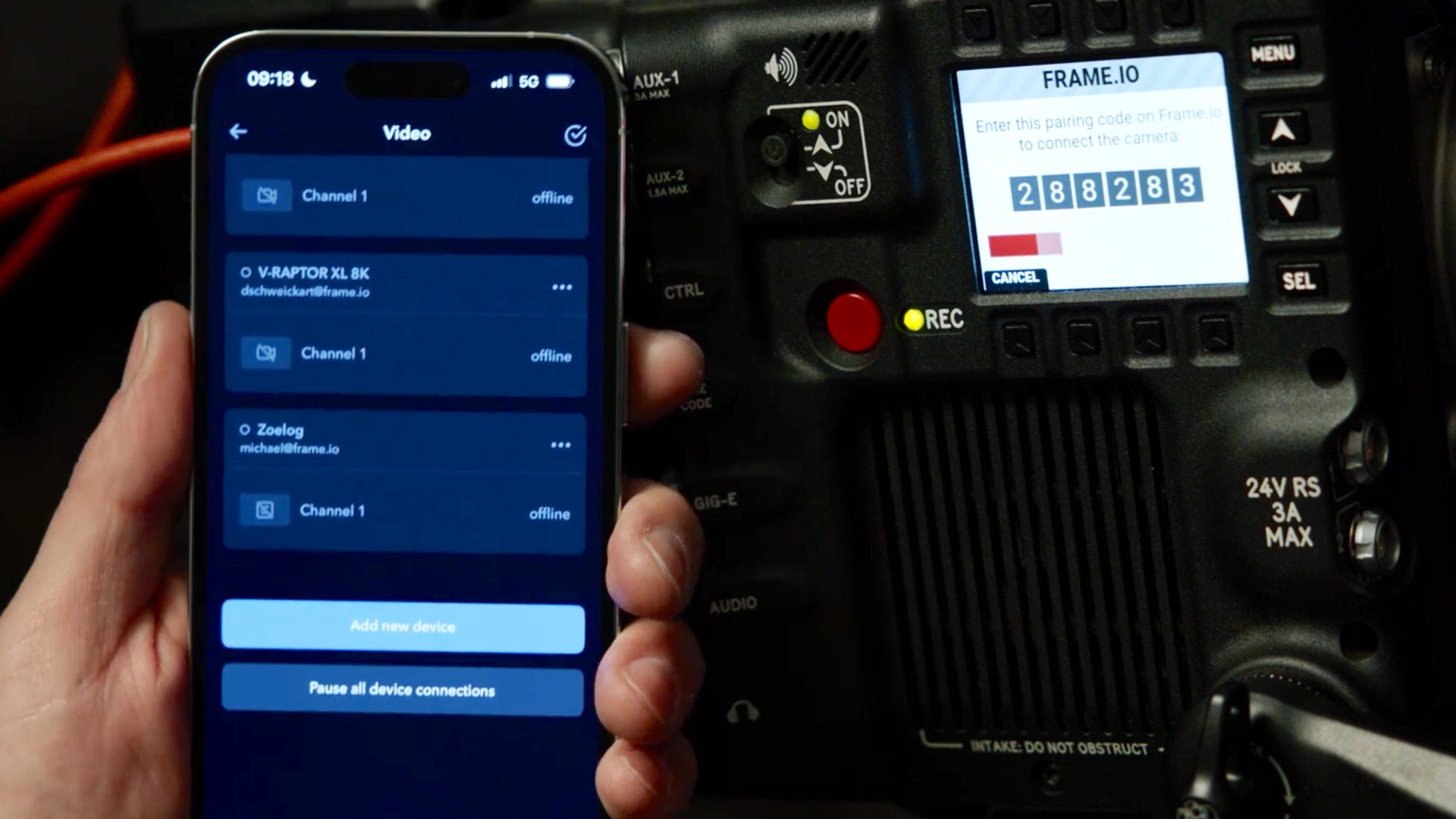
Uploading 8K RAW in real-time
What kind of files and codecs can be uploaded to the cloud? 8K RAW R3D file, a CDL, a ProRes proxy file, a WAV, and a custom LUT associated with each take, can be uploaded directly to the cloud—4TB of 8K RAW right to Frame.io—without ever downloading a mag. This will require internet speeds of 800 Mbps up, at a minimum. However, you can also “just” choose to go with a ProRes proxy workflow, which requires less networking infrastructure (a minimum upload speed of 80 Mbps) and still gets high-quality files rich with metadata to editors as soon as the camera cuts.

Making the connection
So basically, how’s it done? Well, it’s quite straightforward. For now, there’re two options for connecting the camera to the cloud. A ‘Hard Line’ will get you a bitrate of a maximum of ~310MB/s for R3D files, and a ‘Wireless’ can output up to ~35MB/s for proxies. The main advantage is that it’s very easy to make the connection, as there’s no external device needed. The connection between the Raptor/Raptor XL and the smartphone is established easily and immediately via a new option in the camera called Cloud Upload. After getting a code (very similar to iCloud verification) and inserting that code into your smartphone, you will be connected and ready to shoot stuff to the cloud. What kind of stuff? As explained above —R3D, MOV, WAV, and even LUT/CDL. It very much depends on your bandwidth, and your type of connection (Hard Line or Wireless). You can even change this while you’re shooting.
Uploading the files
The upload-to-cloud process is done in the background once ending the recording (pressing the Rec button for the second time). There’s an in-camera dedicated interface that shows the uploading process data (bandwidth, upload remaining time and MB, and clips). This status is shown in the RED Control Pro app as well. When done, a dedicated folder is created in frame.io that mirrors the same folder in the magazine. You can access the folder via the frame.io app. Watch this simple demonstration below:
How much and what’s next?
According to Adobe: “This in-camera integration is just the beginning of more such partnerships, and is the key to the media-less workflow of the future”. Indeed, the main bottleneck is bandwidth. However, that factor is being improved day by day. Yeah, we got Moore’s law that supports this. Nevertheless, energy is not been created from nothing. All that huge files transfer in the cloud will be sucking resources from somewhere. Also, in the press release, Adobe hasn’t mentioned the price of the service. All this massive data has to be burned on a physical server. There’s no doubt that it’s good for Adobe business as those 8K R3D files are stored in frame.io servers, which will cost you money. How much? Adobe hasn’t elaborated on that. Nothing is for free. Even the cloud.
Product List
Here’re the products mentioned in the article, and the links to purchase them from authorized dealers.
- Red Digital Cinema V-RAPTOR 8K VV DSMC3 Camera
Get the best gift for filmmakers!
- Stainless Steel Model of 65mm Motion Picture Cinema Camera
- BUY on the 65 STORE (Free-shipping to the US)
- BUY on AMAZON

